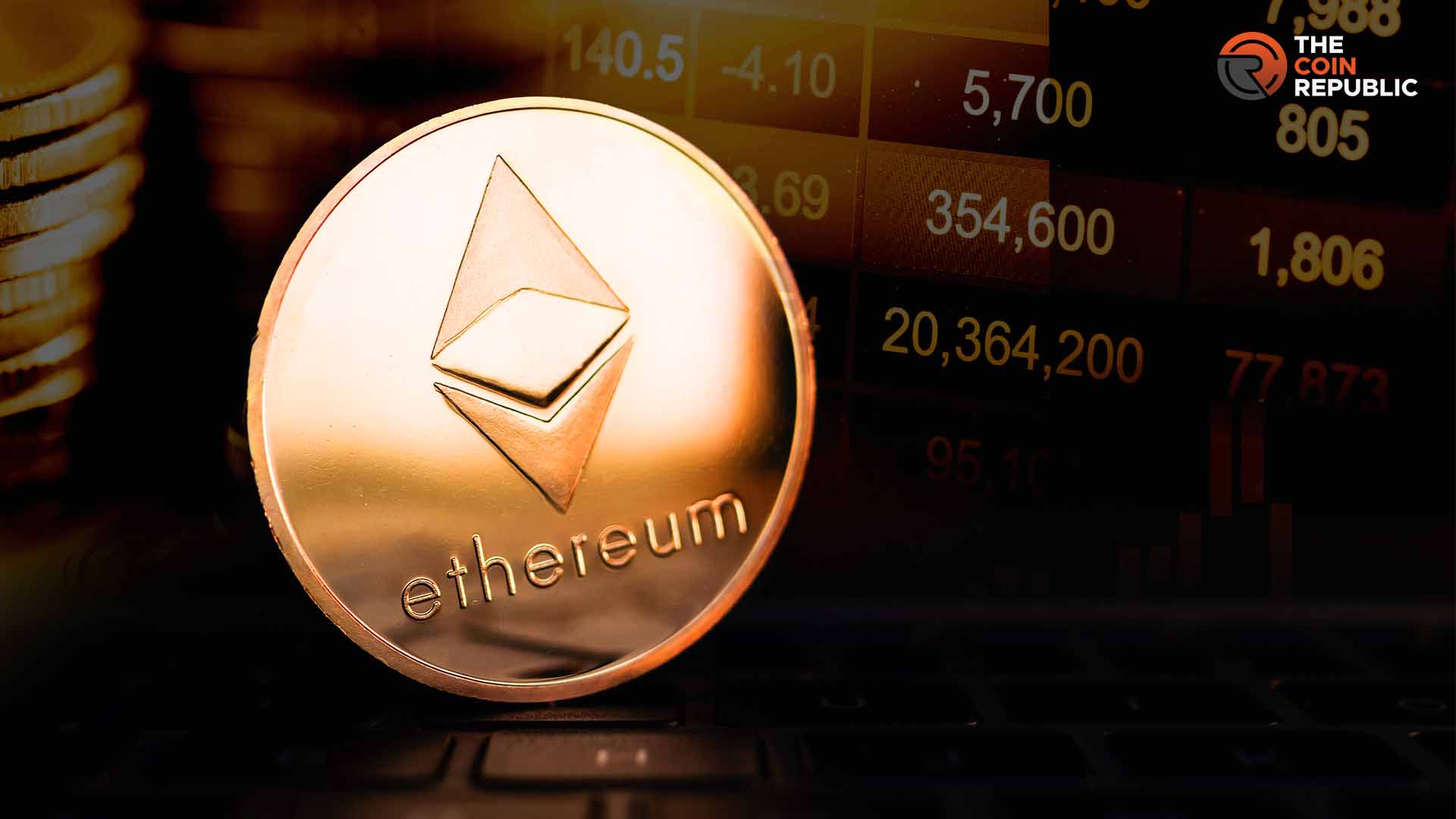Ethereum’s historical January performance averaged a return of 21.2%, indicating its strength as a market leader of the month.
The month of January 2021 recorded the highest return of +78.51%, followed by +52.01% in 2018 and +39.28% in 2020, positive performances set bullish trends.
Negative returns were seen in 2022 (-26.89%) and 2019 (-20.23%), highlighting occasional volatility.
However, even during bearish years, Ethereum’s role in the market influenced altcoin activity, either amplifying gains or compounding losses.
February historically averaged a return of 17.13%, suggesting continued strength in Q1, while March averaged +22.86%.

This consistent early-year performance triggersed Ethereum’s seasonal potential for growth, often driving altcoin market optimism.
– Advertisement –
If this trend persisted in 2025, ETH could set a bullish tone for January, encouraging altcoin rallies.
However, market conditions and external factors could temper gains or amplify risks.
These historical data points confirmed Ethereum’s critical role in initiating broader crypto market movements during January. Altcoin investors typically observed ETH trends closely for early-year market cues.
Ethereum (ETH) Suggests Pivotal Levels
ETH’s price action highlighted pivotal levels with $3,555 as a key resistance and $3,000 as a critical support.
The chart showed anticipated movement toward the equal highs near $3,555, followed by potential rejection within the $3,640 to $3,650 supply zone.
These levels offered substantial buying opportunities, with $3,000 representing strong value for long-term accumulation aiming for higher highs.
ETH consolidated in a mid-range zone, with significant moves expected only upon reaching red-circled levels.

The reaction at the supply zone near $3,650 would provide clarity on the next direction.
Breaking above $3,700 could initiate bullish momentum, while failing to hold $3,500 might confirm downside risks.
Traders awaited critical tests to determine ETH’s trajectory, focusing on price action near $3,555 and the lower range supports.
ETH Mindshare at its Lowest
ETH mindshare fell to 6.25%, marking its lowest point over the last 12 months. This represented a 29.09% decline year-over-year, with significant drops in the last six months (-25.6%) and three months (-22.23%).
Over the past month, mindshare declined by 14.27%, while the past week and day saw drops of 4.96% and 7.95%, respectively.
This trend indicated waning interest and engagement in ETH relative to other tokens, despite its strong price movements. The market indicated a steady decline in token mindshare since June.

A decoupling between price and mindshare suggested external factors driving attention away from Ethereum.
If mindshare continued to decline, ETH could face challenges in maintaining its dominance against emerging projects.
However, a reversal in mindshare could occur if market developments reignite interest.
ETH’s current state reflected a need for renewed investor and community focus to regain its previous engagement levels.
The coming months would be crucial in determining whether this decline persists or reverses.
CEX and Ethereum Lead in 2024 Crypto Attack Losses
Ethereum experienced the highest number of attacks among blockchains in 2024, with 66 incidents causing $844 million in losses.
Centralized Exchanges (CEX) ranked second, suffering 10 attacks resulting in $724 million in total losses.
BNB Chain followed Ethereum with 27 recorded attacks, though specific loss amounts were not detailed.
Other notable chains included Arbitrum (14 attacks), Base (7 attacks), and Solana (5 attacks).
The cumulative impact highlighted Ethereum’s dominance but also its vulnerability as the leading blockchain in terms of usage and adoption.

Despite its security efforts, Ethereum’s high activity levels and vast ecosystem made it a frequent target. CEX attacks ongoing risks in centralized finance, emphasizing the need for improved safeguards.
If these trends persisted, Ethereum and CEX could remain high-priority targets for attackers. This would necessitate robust security upgrades to mitigate future risks.
The analysis emphasized the critical need for both decentralized and centralized platforms to address vulnerabilities to reduce financial losses and maintain user confidence in 2024 and beyond.










